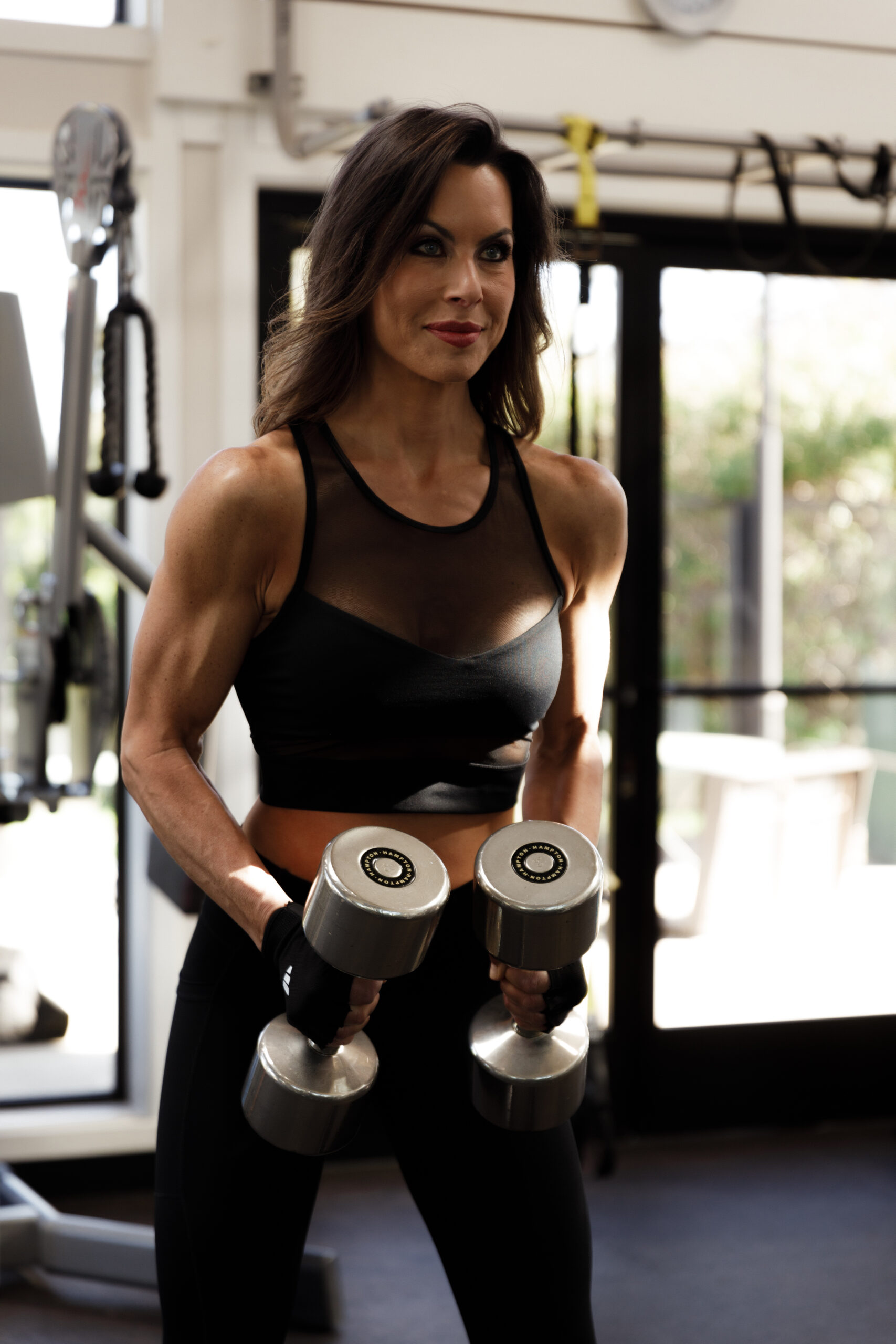So, you’ve got little time and wondering how you can reach your goals? Well, you CAN…as long as you know how to do it. The secret is understanding the science behind the amount of intensity you can put into your workout during this 30-minute period of time, and how this can result in your overall calorie expenditure and fitness benefits. By maximizing your intensity, you can reach your fitness goals despite the little time you may have to dedicate towards your daily workout.

When it comes to increasing the intensity of a workout in order to burn more calories in a limited time frame, there are several ways you can do this:
First, you can make the most out of your workout by reducing your rest time. If you’re doing resistance training, you could accomplish this be decreasing the time between each set you complete, more through each lift quickly or even doing supersets (doing back-to-back exercises with little rest). If you’re doing cardiovascular exercises, you could increase the intensity by reducing your rest time, with tactics such as shorter warm-ups or cool-downs and maximizing your time by doing higher-intensity cardiovascular activities, otherwise known as HIIT (High-Intensity, Interval Training). HIIT activities can include things such as jumping jacks, burpees, squat jacks, running, etc.

If reducing your rest time is too much of a challenge to start, especially when done over the entire period of a workout, you can always use interval training as a strategy. With interval training, you can alternate between working extremely hard with little rest, to periods of slowing down to allow yourself a change to recover. With resistance training, you could practice this by doing a superset, followed by a single lift with more rest time in between sets. For cardiovascular activities, you could alternate between sprints and walking on the treadmill if you choose.
Another way you can make the most out of your workout and increase your intensity in a shorter time frame, is by combining both resistance training and cardiovascular training into a single workout. By doing this, you can accomplish both types of exercises as you challenge your body to do a variety of movements it otherwise wouldn’t do, that contribute to the intensity of the workout.
For example, in lieu of doing lifts for your upper body alone, you could mix in cardiovascular workouts that also challenge your upper body, such as rowing, mountain climbers, jumping jacks, etc. For a lower-body day with resistance training, you might choose to alternate your lifts with cardiovascular activities such as running, walking lunges, squat jumps, etc.
There are many other ways to increase the intensity of your workout that are both specific to resistance and cardiovascular training. Another way to make the most out of your workout with resistance training, is by taking advantage of the science of “time under tension” (the amount of time the muscle is exerting force or tension during an exercise, 1), is another effective way to increase the intensity of a workout. This can be accomplished by doing drop sets, in which you lift a weight until failure and then immediately reducing the weight and continuing again until failure.

A process in which “time under tension” can be effectively achieved is by increasing your weight over time, through a process called Progressive Overload. This involves increasing a designated weight over time gradually, in order to increase the difficulty of the lift, 2 ).There are many ways this can be done outside of just increasing the overall weight of each lift. Lifting heavy weights in general can increase the intensity of weight training, as well as picking lifts that require larger muscle groups to be recruited.
When it comes to your cardiovascular exercises, increasing the intensities are determined by one’s training range that is predicated on their heart rate. Therefore, you would make the most out of your cardiovascular activities by keeping your heart elevated as much as possible during your workout. Moderate activities are ones that result in a 50-70% max heart rate and vigorous activities are those that result in 70-85%, 3. Resistance training differs from cardiovascular training, in that intensity is primarily based on the amount of weight one can lift based on an individual’s one repetition maximum (1RPM). This 1RPM is indicative of how heavy the resistance is for someone for a given exercise, 4.

Whether it be resistance training, cardiovascular exercises or a combination of both, the important thing to remember is that maximizing the intensity of these movements during a short period of time, is the way to take advantage of the calorie output they’ll provide in addition to their fitness benefits. By increasing your effort and driving up the intensity of each movement (whether it be measured by heart rate or 1RPM), you can make the most out of not only your energy, but also your time…and therein lies the secret to getting the most out of your 30-minute workout!
- Healthline – Time Under Tension Workouts: Are They More Effective, https://www.healthline.com/health/exercise-fitness/time-under-tension,Feb 28, 2020 ↩︎
- WebMD – What is Progressive Overload?, https://www.webmd.com/fitness-exercise/progressive-overload, Dec 22, 2022 ↩︎
- Mayo Clinic – Exercise Intensity: How to Measure It, https://www.mayoclinic.org/healthy-lifestyle/fitness/in-depth/exercise-intensity/art-20046887#:~:text=The%20target%20heart%20rate%20zone,your%20target%20heart%20rate%20zone, Aug 25, 2023 ↩︎
- Journal of Sports Science and Medicine, June 2012; 11(2): 221-225, PMCID: PMC3737872 ↩︎
